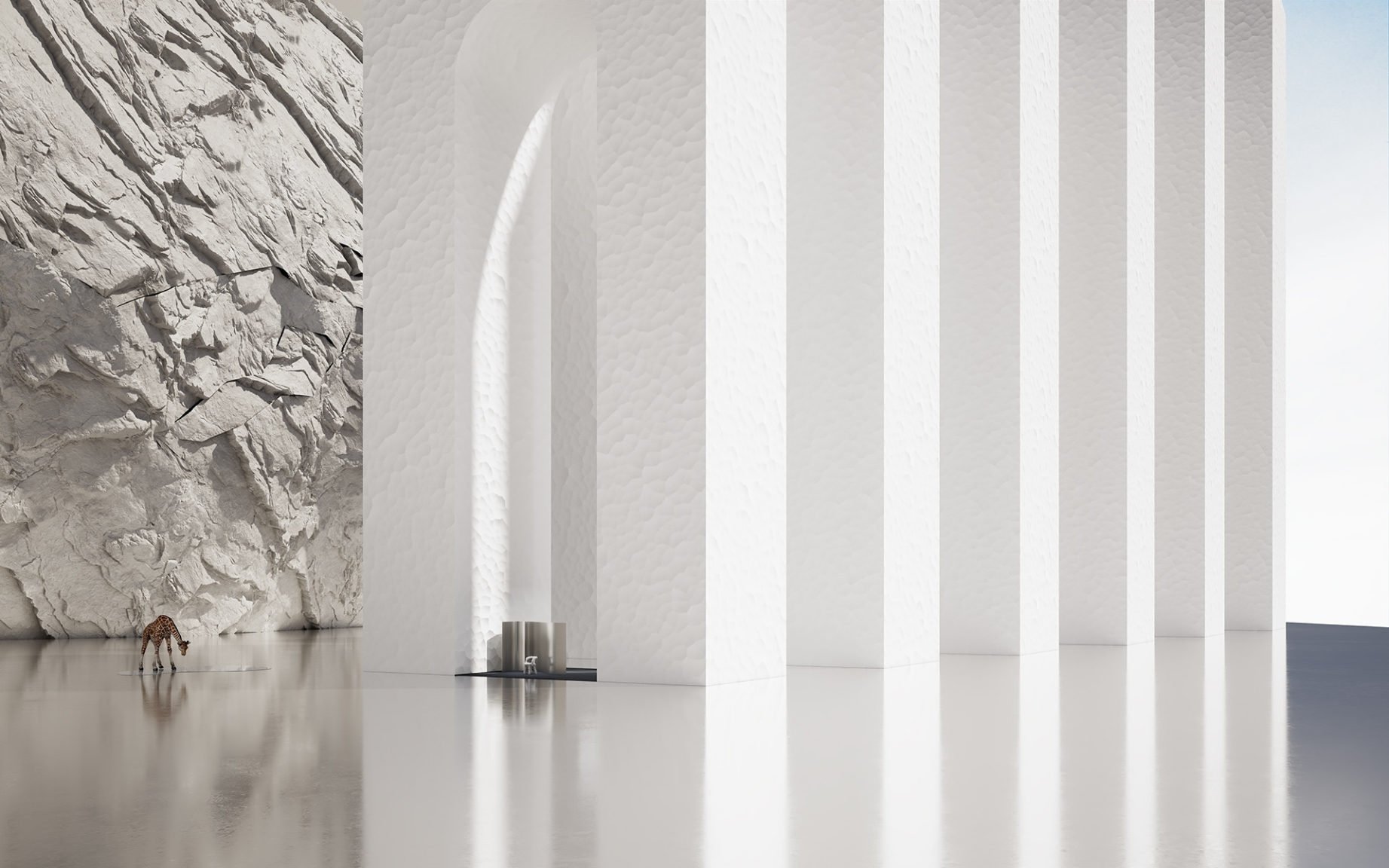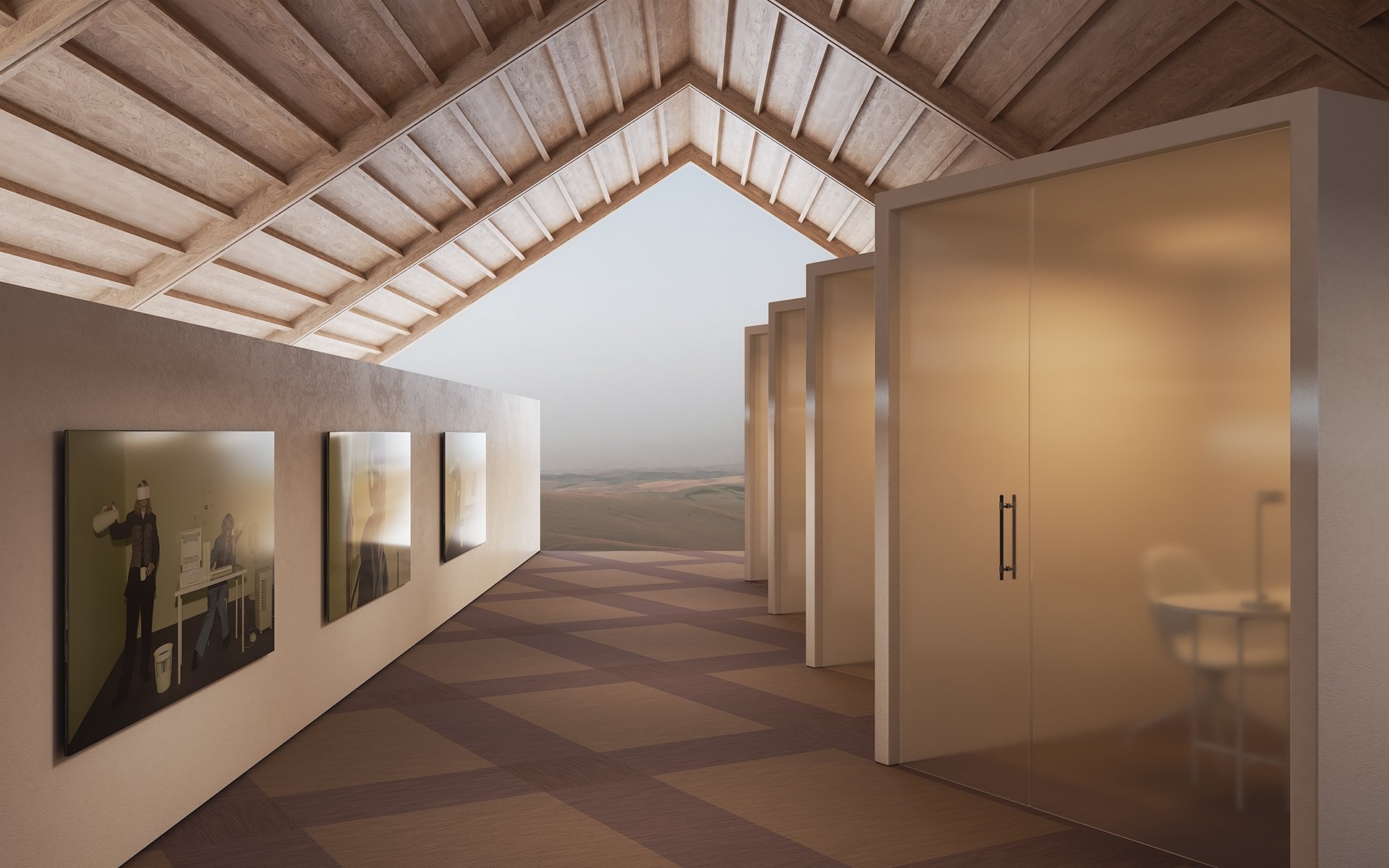From inkjet technology used to produce ceramic tiles to advances in luxury vinyl flooring, both of which offer attractive and affordable alternatives to wood these days, new technologies have seen the flooring category come along leaps and bounds over recent years. Advances in this category today means customers can enjoy greater durability (water and scratch proof resistant materials that can last a lifetime), equating to better value for money as well as greater sustainability. But it’s not only in the aesthetic finishing of flooring that advances are being made. Major flooring companies have been busy in their research labs, steadily innovating breakthrough products that not only better their flooring performance and capabilities, but also the world around us. Some of the big players are turning their attention to the wider impact of flooring on our environment and ourselves, taking on the acoustic perspective, indoor air quality, sustainability, and innovations that can help better our existence and hence, our performance. Shaw Contract, for example, has turned its attention to greater sound absorbency in their carpet tiles in recognition of the importance of noise distraction in the workplace. Meanwhile, companies, such as Interface, have been focused on harnessing biogas (waste made from foodstuff, such as fish and chocolate) to make sustainable carpets. Since R&D departments of flooring providers have delved into the ‘deeper layers’, we decided to take a look at what they are working on at present in terms of innovation to deliver an even better product for the end user.
Above: Bolon; Milliken’s Laid Bare; Shaw Contract’s Concrete+Composed
The importance of research and design (R&D)
Once the forte of academic institutions and governments, today, R&D is a critical function of businesses seeking to maintain a competitive edge. No longer can companies simply provide a product or service. Today, leaders must innovate. This is especially true when it comes to the highly saturated and cutthroat world of design. In our data-driven society, aesthetics alone are no longer sufficient for justifying the decisions of project managers. Today, clients also seek originality, demonstrable knowledge and added value to make informed choices.
With all-round growing environmental awareness, combined with recognition of the impact the built environment can have on human betterment, the emphasis on R&D has become even more pronounced in the past decade or two. For example, our increased understanding of how our surroundings impact wellbeing has catapulted R&D efforts to the forefront – particularly in verticals such as commercial real estate, healthcare and education. In a nutshell, growth within the design industry can no longer come from producing more products. Rather, players need to learn how to do more with less and produce better, more sustainable products to help humanity thrive.
R&D across the flooring industry
While flooring is not often considered the most glamorous aspect of a design project, it is integral and often the most significant in size. Major global flooring companies have long understood this fact. With a massive impact on the look and feel of a project, whether soft or hard, flooring shapes sensory experiences, wellbeing and how space is utilised. From acoustics to air quality and sustainability, flooring decisions can make or break a successful project.
So, what keeps the R&D departments of these flooring companies awake at night. For Interface, a brand that has achieved carbon neutrality across its entire range, the answer is a shift towards carbon negativity as part of its Climate Take Back™ mission, with the objective of reversing global warming. Now this might seem somewhat ambitious for a flooring manufacturer, but as a leading innovator in sustainability, Interface has made considerable strides to that end. Through a core focus on developments in the materials used in floor backing, and a dramatic increase in recycled and bio-based content, Interface’s CQuest™Bio backing has taken its inspiration from nature and works to trap carbon that would otherwise be released into the atmosphere. At the start of 2020, the brand released its NY+LON Streets Collection, the name a clever play on its core material, nylon, and its inspiration from the streets of New York and London. The playful collection uses proprietary backing made from bio-based materials and recycled fillers to produce a carbon-negative range, meaning they reduce more carbon than their manufacturing process emits. Over at Swedish woven flooring experts, Bolon, the R&D department has recently turned its attention to embracing digitisation. Working closely with its marketing department and driven by its consideration of product communication, the brand launched its Emerge collection along with its exciting new VR solution at the start of this year. Where customers exploring flooring solutions would have previously turned to images, samples and renderings, today they will be able to explore the new collection in various settings, giving them a realistic view of how their collections would look once installed. This has been particularly challenging for a brand well known for its standout interior photography. While the virtual world, consisting of a hotel, a museum and an office, will be visible on a desktop, those with VR glasses will enjoy an upgraded experience
Of course, sustainability is also a core driver of the brand’s R&D efforts, and it too is embracing the shift toward the circular economy. Considerable work has been undertaken to increase its use of recycled material across its entire product range, and today the company not only reuses its waste but has the capabilities to utilise the waste of others in its manufacturing process. A careful look at the backing of its flooring will reveal that no two products are the same, thanks to the recycled materials that go into the backing.
Above: Interface’s NY+LON Streets and Brushed Lines
Printing technology, 3D or otherwise, has been revolutionising the design industry, and opening up a whole new realm of aesthetics married to technology. This game changing method has been harnessed quite beautifully by textile and chemical manufacturers, Milliken, who already have a long history of innovations stretching back to the 19th century. By utilising the latest in tufting and print technology, the company can now offer luxury aesthetics using way less material. Win win! The brand’s use of lighter, yarn-based products sees its flooring perform to some of the industry’s highest standards, allowing the company to offer luxury in a dematerialised manner. Its digital print or “Millitron” technology can create unique aesthetics, giving the appearance of a broadloom or rug (something not possible with traditional tufting technology). Plus, their biophilic design gives the range an entirely organic appearance, with similar grades and tonal colours to what one would find in nature. Now while the company keeps design and sustainability front and centre, it is also highly attuned to the direct impact its products have on wellbeing. Milliken’s flooring, for example, is designed for optimum indoor air quality, a crucial factor when one considers that we are spending up to 90% of our time indoors. And, in a similar embrace of digitisation, the launch of its Vision Lab will enable customers to access 3D room designs and envision what their carpet of choice would look like in their interior space
Above: Milliken’s Social Factor range and Bolon’s VR technology
The need for greater collaboration
With so much fascinating and innovative work coming out of the R&D departments of flooring manufacturers and the design industry more widely, one critical question remains – with so many shared objectives, particularly when it comes to greater sustainability, how can these companies work toward sharing more knowledge? While R&D departments are traditionally very secretive, industry leaders are well aware of the shared benefits in exchanging their expertise, for the betterment of humanity and the betterment of the planet.
To this end, a few interesting developments are occurring both across and indeed, between industries. In Interface’s case, the company is exploring a licensing model, which would enable them to share their formulas and processes for a licensing fee. Milliken as a company has joined the Well Living Lab, a collaboration of several companies dedicated to human-centred research focused on understanding the interaction between health and wellbeing, and indoor environments (arguably more poignant than ever in light of the recent coronavirus pandemic). And while perhaps more of a novelty than a game changing collaboration, Bolon’s new VR world recently played host to Swedish fashion brand, STAND’s Studio’s collection launch, an interesting development in light of the restrictions placed on events in the current climate. Thinking to the future, innovation calls for greater collaboration, and the design industry will benefit from thinking outside the box, in a manner that only designers often know how.








